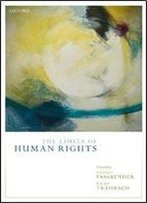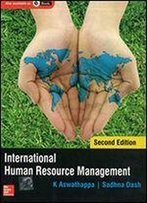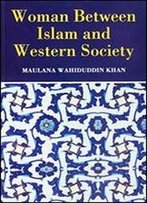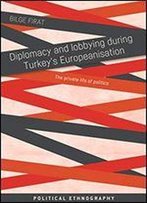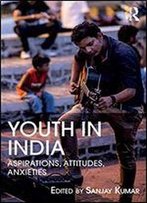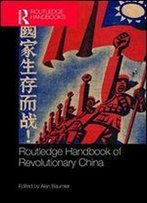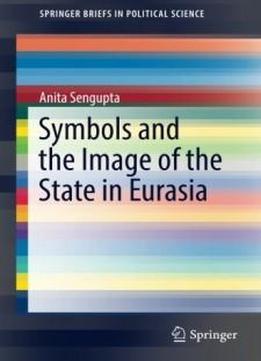
Symbols And The Image Of The State In Eurasia (springerbriefs In Political Science)
by Anita Sengupta /
2016 / English / PDF
1.4 MB Download
This book discusses the significance of cultural symbols/‘images’
in the nation-building of Eurasian states that emerged out of the
former Soviet Union. It particularly focuses on the cases of
Uzbekistan and Kazakhstan in the post-Soviet era and argues that
the relationship between nation- and image-building has been
particularly relevant for Eurasian states. In an increasingly
globalized world, nation-state building is no longer an activity
confined to the domestic arena. The situating of the state within
the global space and its ‘image’ in the international community
(nation branding) becomes in many ways as crucial as the
projection of homogeneity within the state. The relationship
between politics and cultural symbols/ ‘images’, therefore
acquires and represents multiple possibilities. It is these
possibilities that are the focus of Symbols and the Image of the
State in Eurasia. It argues that the relationship between
politics and cultural symbols/ ‘images’, became particularly
relevant for states that emerged in the wake of the
disintegration of the Soviet Union in Central Asia. It extends
the argument further to contend that the image that the state
projects is largely determined by its legacy and it attempts to
do this by taking into account the Uzbek and Kazakh cases. In the
shaping of the post-Soviet future these legacies and projections
as well as the policy implications of these projections in terms
of governmentality and foreign policy have been decisive.
This book discusses the significance of cultural symbols/‘images’
in the nation-building of Eurasian states that emerged out of the
former Soviet Union. It particularly focuses on the cases of
Uzbekistan and Kazakhstan in the post-Soviet era and argues that
the relationship between nation- and image-building has been
particularly relevant for Eurasian states. In an increasingly
globalized world, nation-state building is no longer an activity
confined to the domestic arena. The situating of the state within
the global space and its ‘image’ in the international community
(nation branding) becomes in many ways as crucial as the
projection of homogeneity within the state. The relationship
between politics and cultural symbols/ ‘images’, therefore
acquires and represents multiple possibilities. It is these
possibilities that are the focus of Symbols and the Image of the
State in Eurasia. It argues that the relationship between
politics and cultural symbols/ ‘images’, became particularly
relevant for states that emerged in the wake of the
disintegration of the Soviet Union in Central Asia. It extends
the argument further to contend that the image that the state
projects is largely determined by its legacy and it attempts to
do this by taking into account the Uzbek and Kazakh cases. In the
shaping of the post-Soviet future these legacies and projections
as well as the policy implications of these projections in terms
of governmentality and foreign policy have been decisive.
